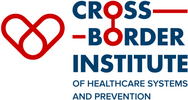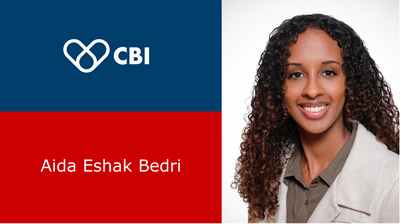
CHARE-GD I Subproject 2: Management and Treatment of Urinary Tract Infections in Dutch and German Primary Care Settings and Their Influence on the Prevalence of Antibiotic-Resistant Bacteria
CHARE-GD I Subproject 2: Management and Treatment of Urinary Tract Infections in Dutch and German Primary Care Settings and Their Influence on the Prevalence of Antibiotic-Resistant Bacteria
PIs: Prof. Dr. Alex W. Friedrich, Prof. Dr. Michael Freitag, PD Dr. Alexander Winter, Prof. Dr. Axel Hamprecht, Dr. Corinna Glasner, Dr. Marco Blanker
For other languages, see Deutsch and Nederlands.

About the project
Antibiotic resistances are a global public health issue. Even among neighbouring countries like Germany and the Netherlands, noticeable differences exist, the causes of which are still largely unknown. Urinary tract infections are among the most common infectious diseases in primary care and one of the main reasons for the prescription of antibiotics. The TRACE-UTI project aims to investigate differences and similarity in the occurrence, diagnosis, and treatment of urinary tract infections in primary care. Special attention is given to urinary tract infections, as these are among the most common infectious diseases in primary care and one of the main reasons for prescribing antibiotics.
General Practitioners’ Perspectives on Diagnosis and Treatment of Uncomplicated Urinary Tract Infections: A Qualitative Study in the Northern Dutch-German Cross-border Region
Aim of the article
Most antibiotics are prescribed in primary care, with urinary tract infections (UTIs) being the one of the most common reasons. Overuse or misuse of antibiotics can lead to the increase of antibiotic resistance. Differences in clinical practice guidelines may play a role and influence the prevalence of antibiotic resistance and treatment options. We aim to understand general practitioners’ preferences and opinions regarding diagnosing and treating UTIs in the Northern Dutch-German cross-border region to determine the underlying routine decisions made in practice and analyse how they are influenced by medical guidelines.
Key findings
We interviewed 13 GPs in Germany and 10 in the Netherlands. Both German and Dutch GPs reported diagnosing UTIs based on patient’s medical history and positive dipstick result. In unclear cases, patients were advised to wait for urine culture results before starting treatment. Dutch GPs mentioned delegating most tasks related to diagnosis and treatment of UTIs to practice assistants, who utilized the NHG (Nederlands Huisartsen Genootschap) guidelines. German GPs reported using more types of antibiotics and herbal remedies. GPs in both countries remarked that they tended to prescribe antibiotics to help patients more quickly and to prevent complications.
Implications
GPs can better identify the strengths and weaknesses of their own practices by increasing awareness of how UTIs are diagnosed and treated in the neighbouring country, encouraging more critical reflection, and potentially contributing to improving patient care. Taking time for consultations is a necessary aspect to improving antibiotic stewardship, which can also be conducted with physician assistants to reduce the time constraints in the practice. The implementation of a cross-border healthcare collaboration model between GPs and public health offices can facilitate the exchange of knowledge and expertise. Our findings underscore the need for further quantitative research to investigate the application of UTI clinical guidelines.
Would you like to know more?
You can find this study here: https://doi.org/10.1080/13814788.2025.2536227
Bedri, A., Mulderij-Jansen, V., Aits, I., Berends, M., Freitag, M. H., van der Worp, H., Glasner, C. & Blanker, M. H. (2025). General practitioners’ perspectives on diagnosis and treatment of uncomplicated urinary tract infections: A qualitative study in the Northern Dutch–German cross-border region. European Journal of General Practice, 31(1).

